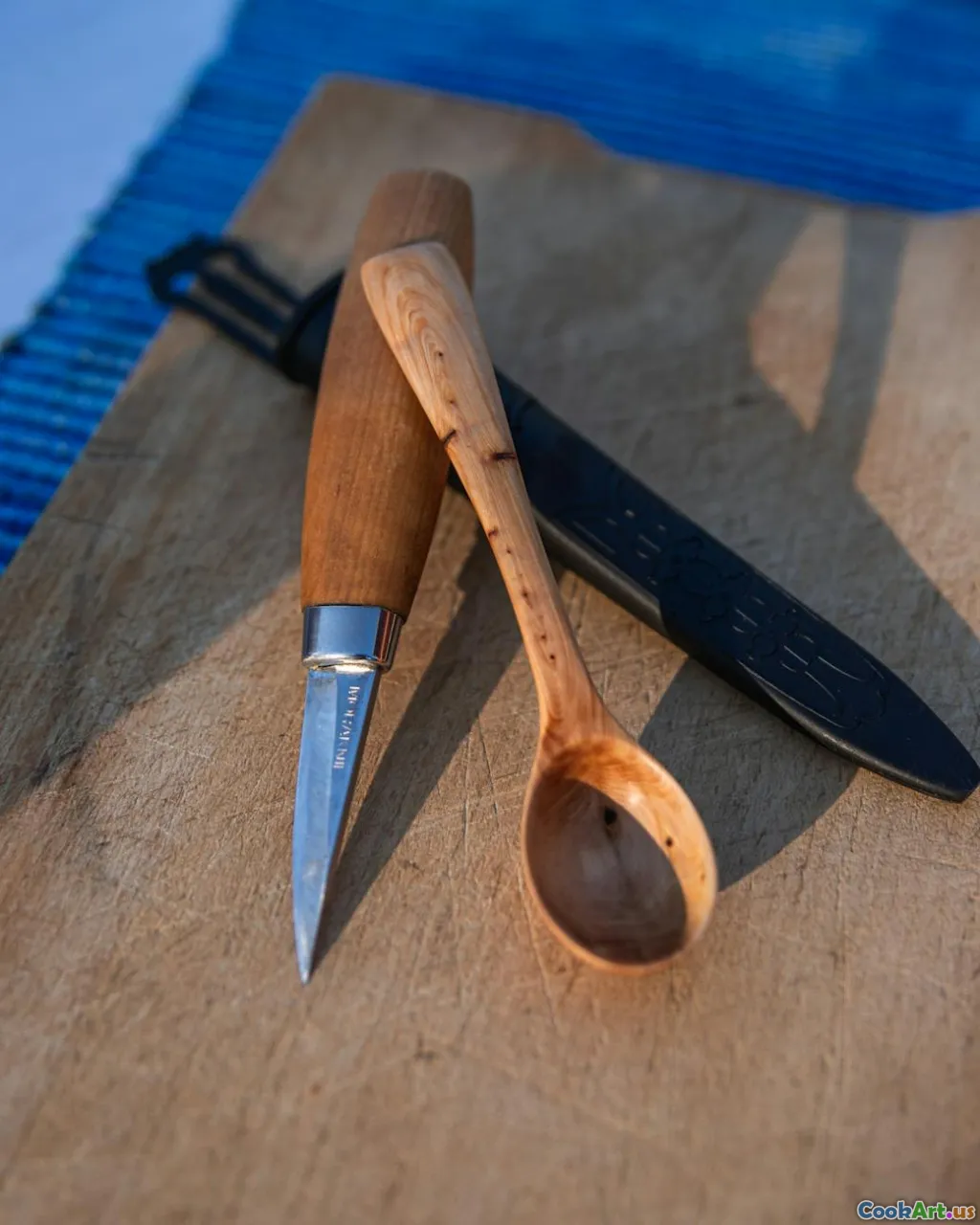How to Choose the Right Knife for Cooking
4 min read Discover expert tips on selecting the ideal knife for your cooking needs to elevate your culinary skills and enhance your kitchen experience. April 09, 2025 18:00
How to Choose the Right Knife for Cooking
Choosing the right knife is an essential skill that every cook should master. A good knife can transform your cooking experience, making meal preparation faster, safer, and more enjoyable. In this article, we will explore the different types of knives, their uses, and tips to help you select the perfect knife for your kitchen.
1. Understanding Knife Types
Chef's Knife
The chef's knife is often considered the most versatile kitchen tool. Its broad blade and tapered point allow for a variety of cutting techniques, from chopping to dicing and slicing.
Paring Knife
A paring knife is small and lightweight, making it perfect for intricate tasks such as peeling fruits and vegetables or deveining shrimp.
Serrated Knife
Ideal for cutting bread and soft fruits, the serrated knife features a saw-like edge that grips and slices without crushing.
Boning Knife
With its thin, flexible blade, a boning knife is designed to separate meat from bones with precision.
Utility Knife
This mid-sized knife is great for various tasks, from slicing sandwiches to cutting cheese, serving as a bridge between paring and chef's knives.
2. Factors to Consider When Choosing a Knife
Blade Material
Knives are typically made from stainless steel, carbon steel, or ceramic. Stainless steel is durable and resistant to rust, while carbon steel offers superior sharpness but requires more maintenance. Ceramic knives are lightweight and stay sharp longer but are more prone to chipping.
Handle Comfort
The knife's handle should feel comfortable in your hand. Look for ergonomic designs that offer a good grip and balance. Handles can be made from various materials, including wood, plastic, and metal.
Weight and Balance
A heavier knife can provide more cutting power, while a lighter knife offers better maneuverability. Hold different knives to find one that feels right for you.
Price vs. Quality
Investing in a high-quality knife can save you money in the long run. Cheaper knives often dull quickly and may not perform as well as their more expensive counterparts.
3. Knife Maintenance Tips
To ensure your knife lasts a lifetime, proper maintenance is key. Here are some essential tips:
- Sharpen Regularly: Use a whetstone or honing steel to maintain the blade's sharpness.
- Clean Properly: Hand wash your knives with warm, soapy water; avoid placing them in the dishwasher.
- Store Safely: Use a knife block, magnetic strip, or sheaths to protect the blades and prevent accidents.
4. Conclusion
Selecting the right knife is an important step towards enhancing your cooking skills. By understanding different types of knives, considering key factors such as blade material and handle comfort, and maintaining your knife properly, you can ensure a more enjoyable and efficient cooking experience. Remember, a well-chosen knife is not just a tool; it’s an extension of your culinary creativity.









